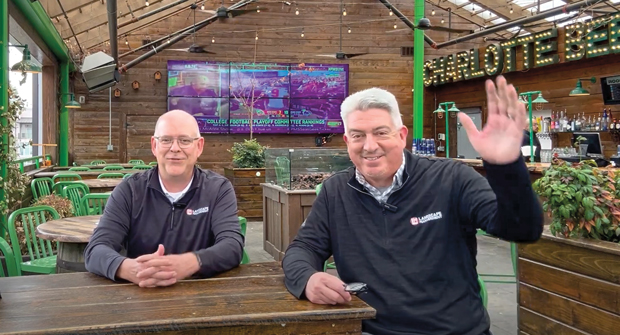
There’s always a corporate crisis du jour in the headlines, whether it’s a social media gaffe (#McDStories), physical altercation (United Airlines) or unpopular decision (Mylan EpiPen).
When we hear about these public relations nightmares, we might be inclined to think large companies are more prone to them than the small and midsize businesses that make up most of the landscape industry, but that’s not necessarily the case.
Accidents don’t know how many employees you have or the size of your annual revenue.
As I sat in a session about crisis communication last month at the Turf & Ornamental Communicators Association annual meeting in Tampa, Fla., all I could think about was how owning and managing a business is inherently risky. Sending people out into the field with trucks and trailers full of power equipment and powerful pesticides is even riskier.
Lisa Lochridge, director of public affairs for the Florida Fruit & Vegetable Association, gave the talk. It prompted me to consider that anything can happen, and in this era of live streaming video, nearly anything can “go viral” in real time.
Managing any crisis, Lochridge says, requires early detection, free flow of information within the company and—most importantly—a plan.
A plan starts with assessing risk. Ask yourself: What kinds of crises can happen in your company and how likely are they to occur?
(As an aside, do you have a plan to prevent or reduce the likelihood of these happening in the first place?)
A few green industry events come to mind, ranging from minor to fatal.
A lawn care company’s chemical mix-up destroyed a high school football field in Chicago in 2015.
In 2013, improper insecticide use in Oregon caused a mass bee kill-off, which led to a state investigation and a product restriction.
A landscape company’s employee was killed and four others were injured last year when their truck hit a bridge guardrail, caught fire and fell into a creek below.
Last year, a landscape worker shot and killed his foreman in Florida.
This industry is not immune.
After you consider your risks, Lochridge advises you to assemble a crisis team and a written plan. It doesn’t have to be large document, she says, but it should be revised annually. It should include a list of external and internal audiences, a list of team responsibilities, a checklist for the first 24 hours and current contact information for crisis team members and media.
Keep in mind that employees are one of your most important audiences during a crisis, she says.
Lochridge encourages company leaders to be decisive; communicate honestly and in a timely manner; show concern; and be accessible. And, as Warren Buffet is credited with
saying, “Get it right, get it fast, get it out, get it over.”
Finally, remember that apologies are effective, as long you don’t ruin them with excuses. The goal is to express, “Here’s what we’re doing to make sure this never happens again.”

